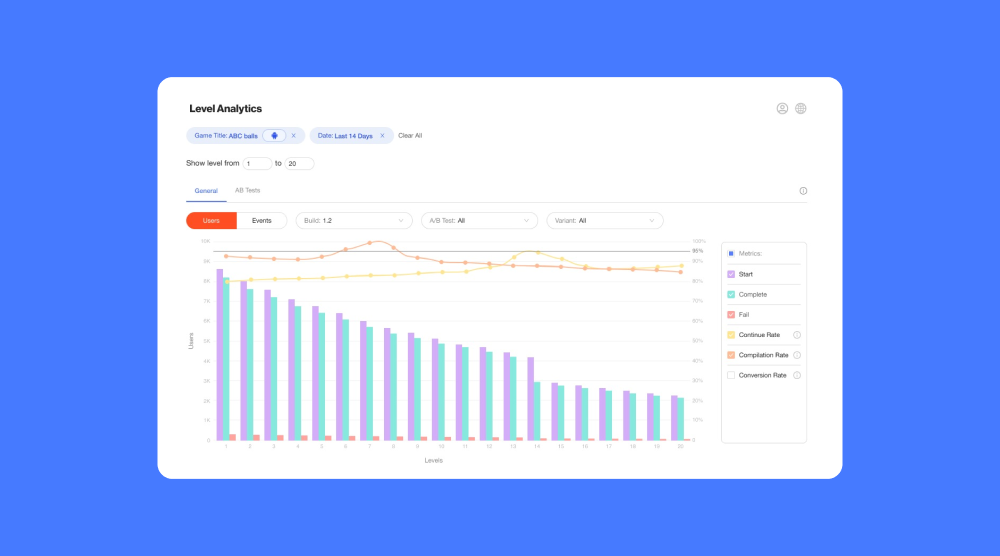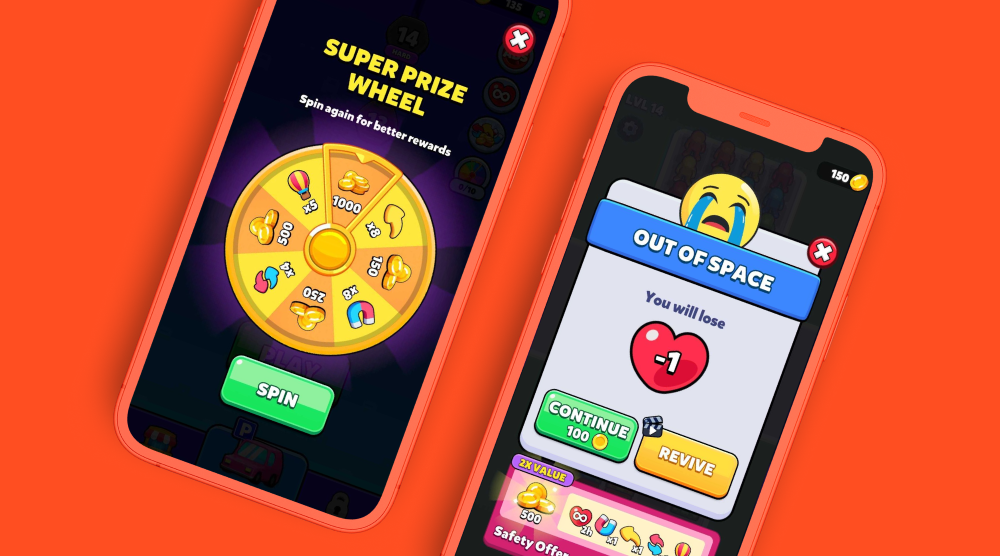Getting more transparency into your hyper-casual game’s performance is the best way to grow your game, business, and your skills as a developer. But it’s not always easy to dive into the metrics at every stage of publishing. Often, it requires a lot of manual resources and time to set up, input the right information, and crunch the numbers - if you’re even given access to the data at all. Now, Supersonic’s white-box approach to transparency at all stages of publishing is expanding even further with three new tools available exclusively on our platform.
Here, Meital Uziel, Product Manager at Supersonic, who helped build these tools from the ground up, discusses how you can use them to get a full view of your game’s performance and health in a simple and visual way.
1. Marketability tool: Improve accuracy during prototyping
One of the biggest challenges during prototyping is confirming with confidence whether your game has the potential to scale affordably. Supersonic’s new marketability tool helps you make a decision about whether to move forward with your prototype with more accuracy - you can understand the CPI needed to scale and whether it’s worth iterating on or moving onto the next concept.
The tool tests your prototype across multiple channels - both SDK and social sources, like Facebook, TikTok, and ironSource. This ensures your game has the best opportunity to prove its potential to scale during the global launch, since each channel has different audiences that your prototype could attract. Just because it doesn’t scale on a social channel, doesn’t mean that it won’t find its audience on an SDK network, for example. Plus, the tool takes multiple factors into consideration, like win rate of creatives, placement, and CPI, each of which are weighted differently. By running more accurate tests, you don’t have to worry that you missed out on an opportunity to publish a hit game - and you can move on more quickly to your next idea.
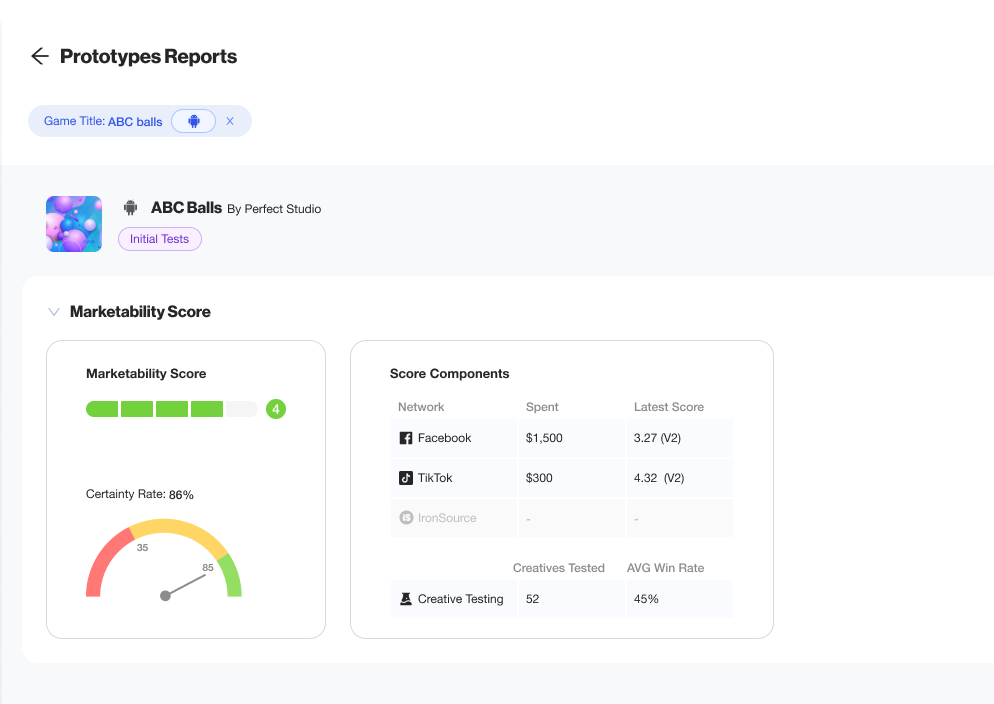
In the past, it could be complicated to manually analyze test results, especially since Facebook has different CPI benchmarks than TikTok. But Supersonic’s marketability tool handles everything - from calculating benchmarks to interpreting the results. In just a few days, the tool yields a single, unified score of your prototype’s marketability from 1-5 that indicates if your game has what it takes to start building out.
The tool yields a single, unified score of your prototype’s marketability from 1-5 that indicates if your game has what it takes to start building out.
Knowing your game’s marketability power with more certainty lets you focus only on marketable ideas while saving time and money from building out a concept that has low potential to scale.
The tool also provides a highly transparent view into our decision-making process about whether we proceed with publishing. With Tall Man Run, for example, we used the marketability tool during prototyping - the game achieved a score of 4 (out of 5). This proved it had great potential to scale affordably, so we moved forward with publishing. It ended up reaching #1 on both app stores and earning a significant profit.
2. Level Analytics: Simplify in-game optimization
Usually, analyzing in-game performance requires dedicated platforms and inputting your levels manually. Following this time-intensive process, you need to make sure you’re looking at the right parts of your game, extracting the relevant data, and understanding what it means so you can take steps to optimize.
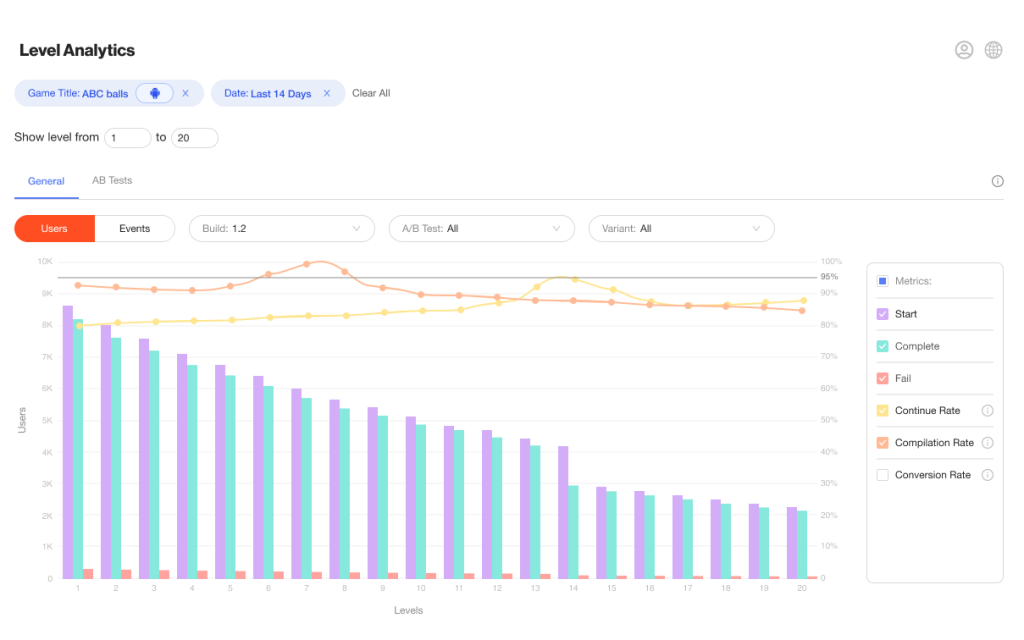
Level Analytics is a tool available only to our developer partners that’s built to make it as simple as possible to take a deep dive into the level performance of your game. There’s no more manual setup or data extraction - you only need to select your game in the dashboard then all of your builds automatically appear. Then you can dive into the level analytics of each build, compare them, and visualize the data to easily get a sense of overall performance, all in one place. As you get insights into how users are playing through your game, you can use this data to optimize your levels - which will likely lead to higher retention and playtime.
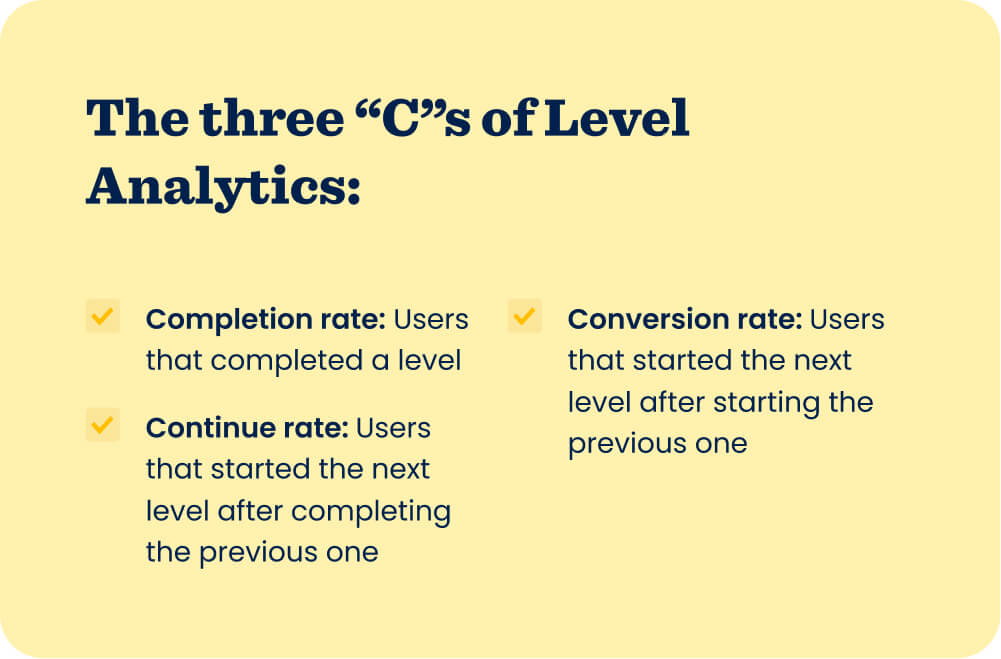
When it comes to analyzing and understanding level performance, we’ve drilled it down to what we call the three C’s that are th]e main KPIs of the Level Analytics tool:
- Completion rate: Number of users that completed a level
- Continue rate: How many users started the next level after completing the previous one - think of this as similar to dropoff rate
- Conversion rate: Rate of users that started the next level after starting the previous one (e.g. skipped the previous level after starting it)
Using these metrics, you can get a granular look at in-game performance and quickly extract insights. Plus, you can examine the effect of A/B tests using these KPIs. How would changing the duration of a level impact continue rate? Will introducing rewarded video before a level instead of afterwards affect completion rate? You can easily answer these questions using the tool and understand how your users are interacting with each level.
3. Crash Center: Get a complete picture of game health and stability
Like Level Analytics, the Crash Center is focused on giving you full transparency into in-game performance. One of the goals of the tool is to help you understand the health of your game on a high level. It’s not to give you the specific technical information of each bug - that’s what platforms like Firebase are for - and if there is an issue, the Supersonic team will always help you resolve it. Instead, you can use the tool to compare stability across your different games by filtering based on features like OS, date, geo, and build.
The tool is also a way to connect the dots between game stability and performance without having to go to different, external platforms and switch between them. For example, in Level Analytics, you could see there’s a low completion rate at a certain level. By checking in the Crash Center, you can identify any issues with stability in the game to confirm if it’s a content or a technical issue. Using both tools, you can get a full understanding of how players are interacting with your game and have the data you need at your fingertips to make high-impact optimizations.
Using both Level Analytics and Crash Center, you can get a full understanding of how players are interacting with your game and make high-impact optimizations.
The Crash Center can even come in handy during prototyping. As you’re testing your game, you should be confirming that the concept is marketable. That can be tricky to do if technical issues are getting in the way of a clean test. Using the tool to identify crashes and confirm stability, you can ensure that your concept is getting a fair chance to prove its potential.
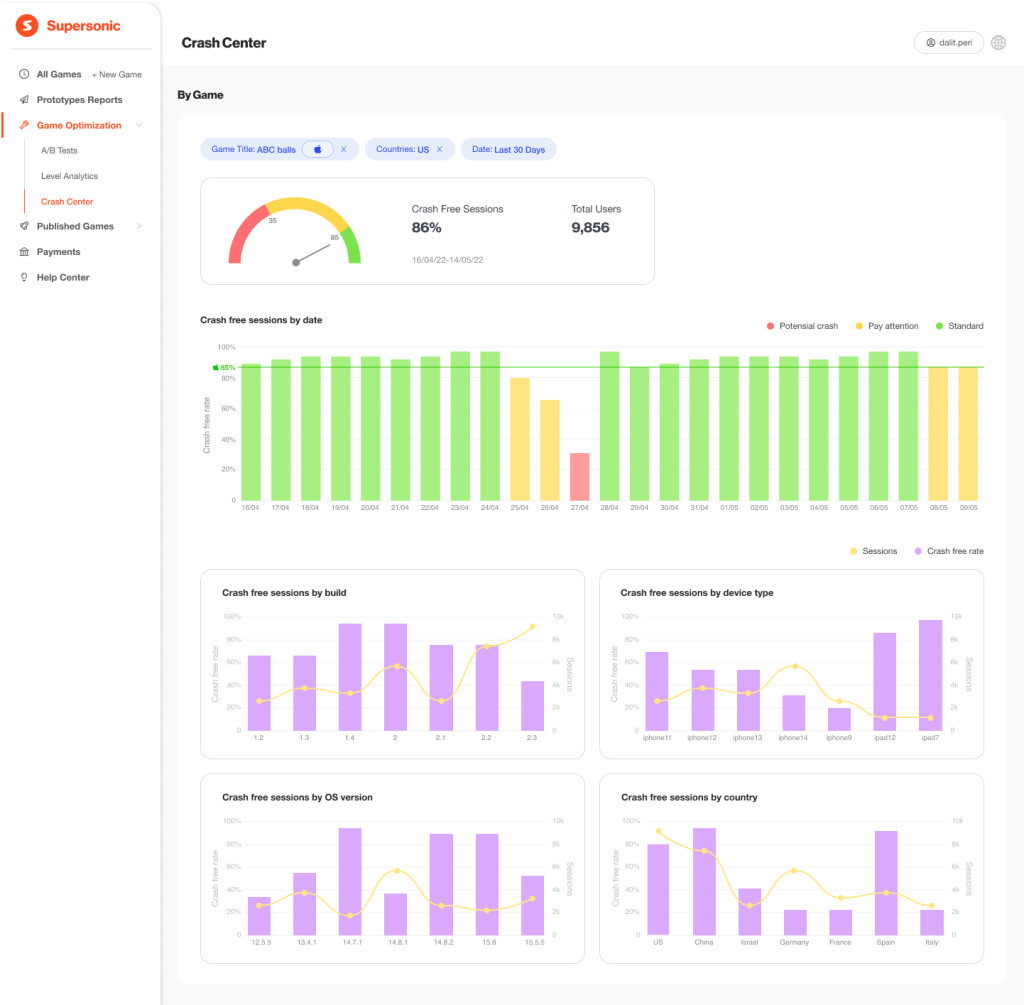
A one-stop shop for growing hit games
All of these new tools give you full transparency into game performance from all angles and at every stage of the publishing process. You can understand marketability test results, in-game health, and level performance all in one place so it’s easier than ever for you to test and grow profitable games. All this while getting full access to data that helps you build your own knowledge base.
You can understand marketability test results, in-game health, and level performance all in one place.
We’re the only publisher with these tools, and it’s all part of the Supersonic Difference to give you more transparency into every part of the publishing process. Ready to put these tools to use to put your prototyping and game growth into hyperspeed? If you’re already a partner, sign into the platform. And if you’re not signed up yet, you can join right here and submit your first game.
Let's put these tips to good use
Publish your game with Supersonic
